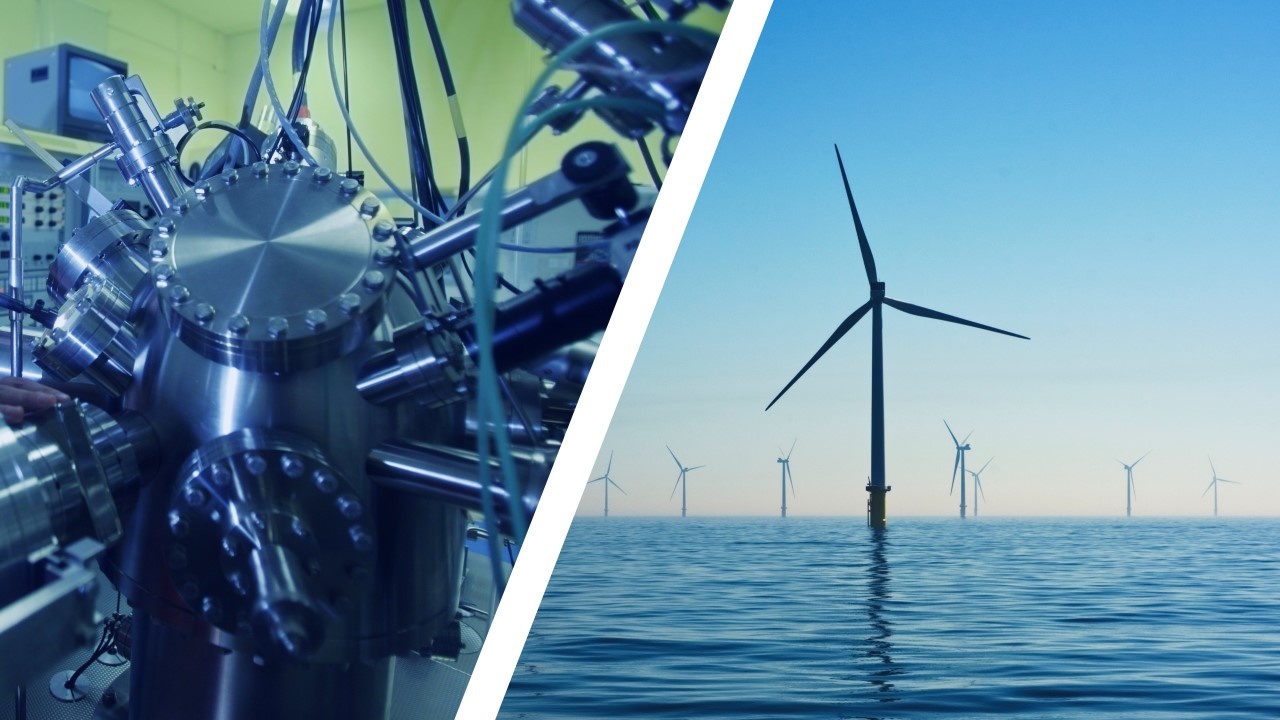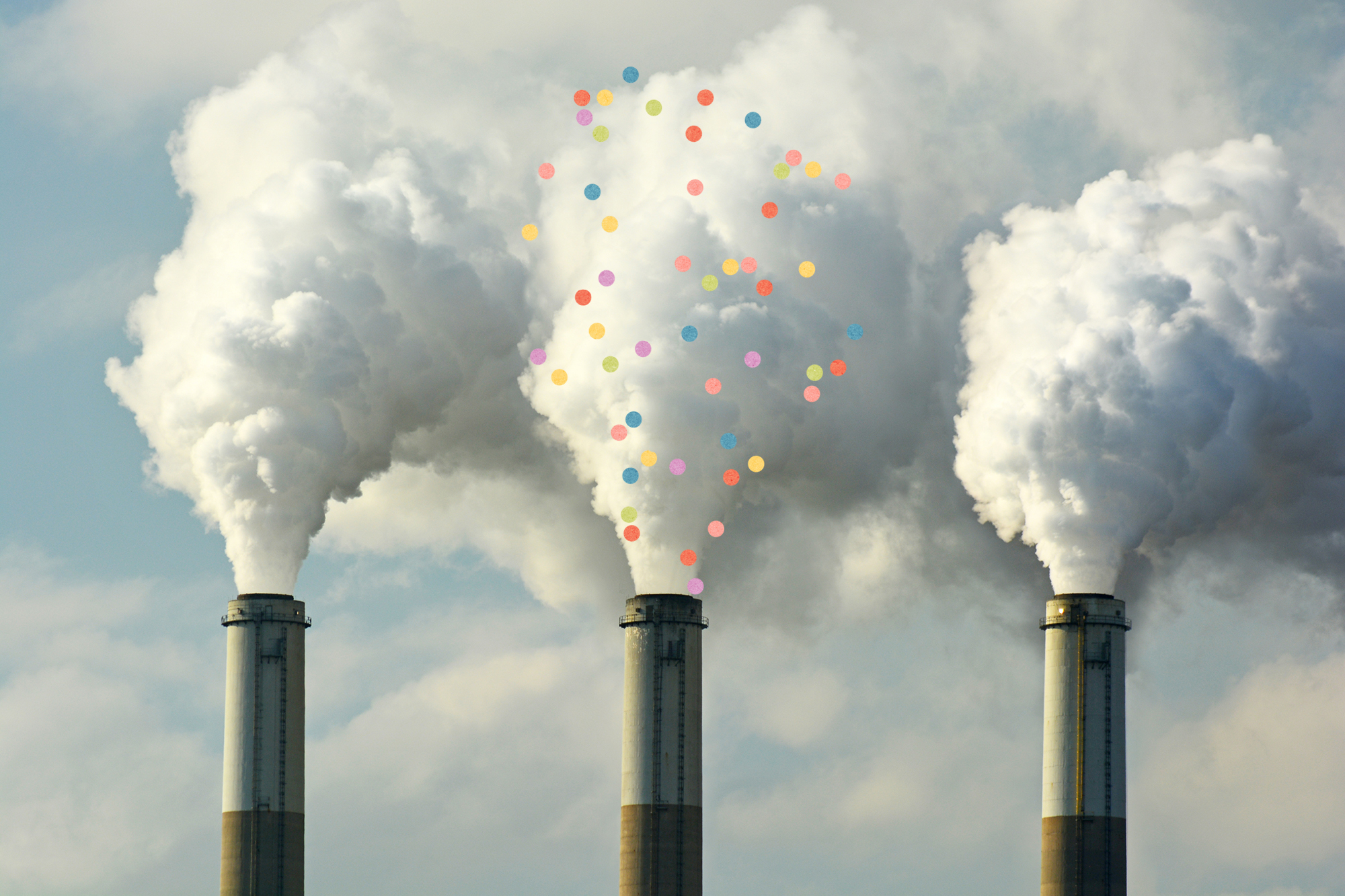New Material Eats Carbon Dioxide 1,000 Times Better than Trees

Atmospheric gases run in cycles. The carbon dioxide we breathe out, as well as the pollutants we emit from our cars and factories, flies out into the atmosphere where it’s eventually pulled out of thin air by trees and other biological matter.
The big climate change quandary is that the amount of CO2 in the air is becoming more than Earth’s biological matter can efficiently remove from it. One important approach to remedying this crisis is to reduce CO2 emissions. But according to members of the scientific community, reducing emissions isn’t enough. We also have to find ways help reduce the load on our tree friends by more efficiently pulling out the CO2 already in the atmosphere.
A newly presented synthetic material may hold the solution. Here’s an excerpt from a piece up now at Physics World:
“A novel synthetic material that is a thousand times more efficient than trees at capturing carbon dioxide from the atmosphere was presented by Klaus Lackner, director of Arizona State University’s new Center for Negative Carbon Emissions, at a meeting of the American Physical Society in Maryland last Sunday. According to Lackner, the amount of carbon dioxide in the atmosphere has reached the point where simply reducing emissions will not be enough to tackle climate change. Referring to recent environmental reports, Lackner emphasized the need for prolonged periods of carbon capture and storage — also known as ‘negative carbon emission.'”
According to the Physics World piece, Lackner’s team developed the material as a synthetic membrane. As air passes through it, carbon dioxide is captured:
“The membrane consists of an ‘ion-exchange’ resin — positive anions in the resin attract carbon dioxide, with a maximum load of one carbon-dioxide molecule for every positive charge. This process is moisture sensitive, such that the resin absorbs carbon dioxide in dry air and releases it again in humid air. As a result, this material works best in warm, dry climates.”
Lackner’s presentation appears to have incited interest though not without additional questions. For example, where do you put all the captured carbon? Bury it? That’s something that needs more time on the drawing board. Still, this presentation could be a fascinating first preview toward a new technology for reducing atmospheric carbon.
Read more at Physics World.
Below, Big Think Chief Economist Daniel Altman explains the benefits and the difficulties of taxing so-called “externalities,” such as carbon emissions:
Photo credit: Krivosheev Vitaly / Shutterstock





